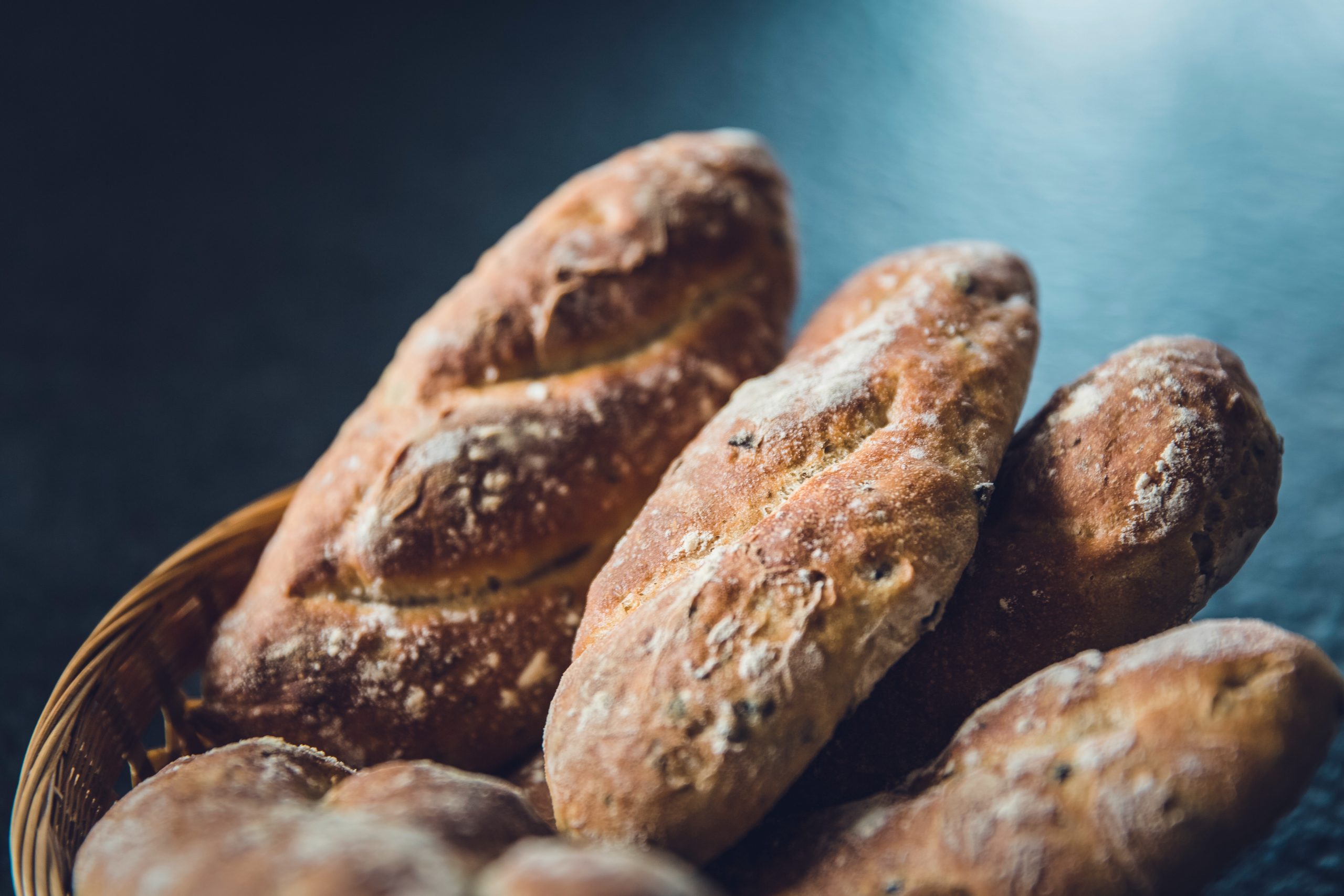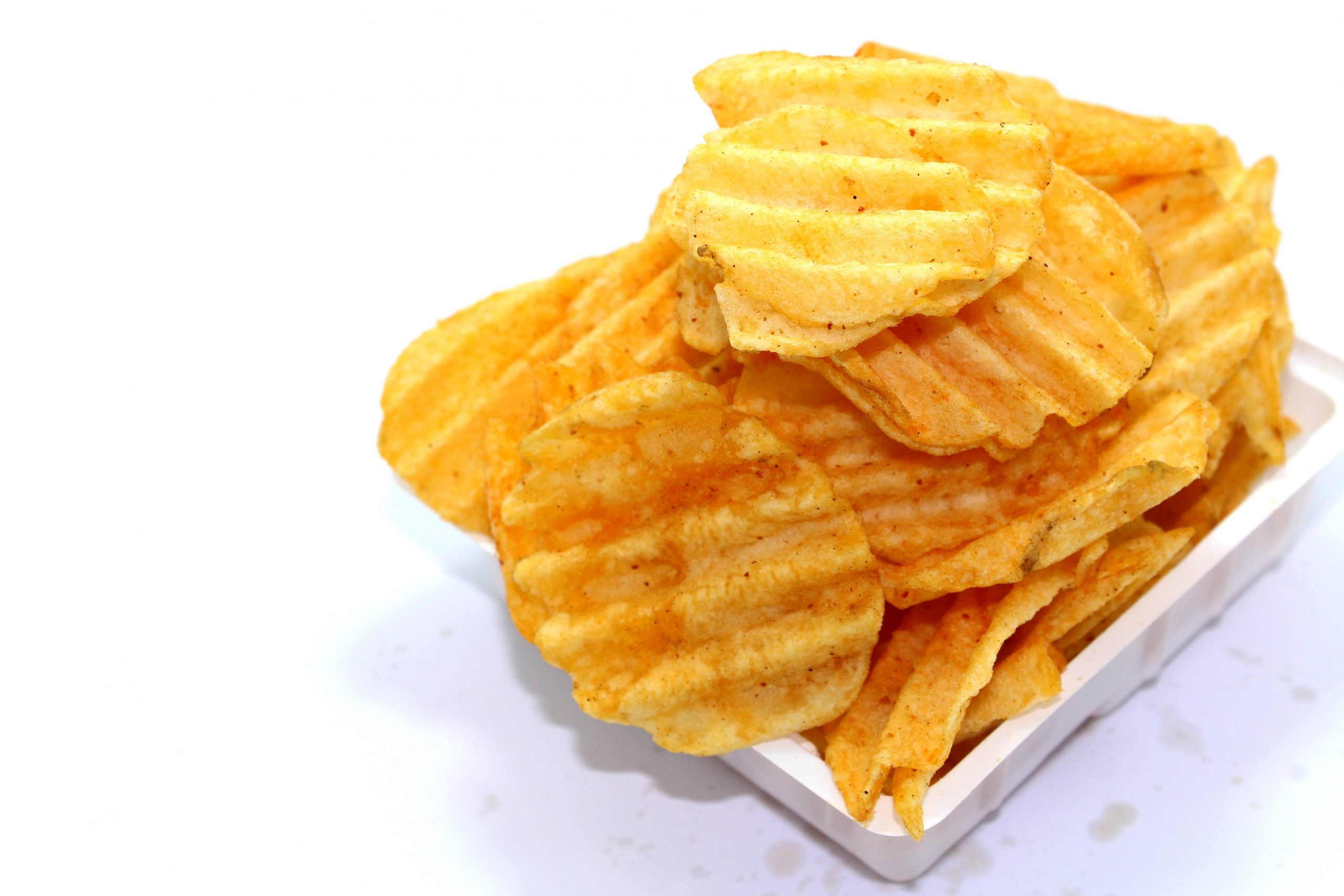
Have you heard of Helicobacter Pylori? Research tells us that this ancient bacteria may actually be beneficial for some, but for others, it causes digestive symptoms that range from miserable to lethal.
An active H. Pylori infection can go unnoticed for years, so uncovering this crafty bacteria early is the key to avoiding complications down the road. The good news is that H. Pylori is relatively simple to treat once it has been diagnosed. With the help of your doctor, you can combat this tricky bug and restore your gut to ideal functioning.
What Is H. Pylori?
Helicobacter Pylori is a small, spiral-shaped bacteria often seen in the gut. This unassuming bug is quite common and often asymptomatic. It can even be considered a “normal” member of the gut flora. However, when your gut balance is off and H.Pylori proliferate unchecked, it can lead to disastrous results such as ulcers and even cancer.
A Very Common Bacteria
While widespread, many people aren’t aware they have Helicobacter Pylori. Its asymptomatic nature makes it very easy for it to hide. Many times the infection occurs in childhood and persists untreated. It is estimated that up to 50% of people have H. Pylori in their gut. (In developing countries, this number jumps even higher — up to 70%.)
What Damage can H. Pylori Cause?
Beneath the surface, H. Pylori causes chronic low-grade inflammation in the lining of the digestive system it inhabits. Eventually, this inflammation (called gastritis) starts causing symptoms such as an upset stomach, pain, hiccups, or belching.
Peptic Ulcer
In 10-15% of cases, an H. Pylori infection can develop into a gastric (aka peptic) ulcer. Symptoms of a gastric ulcer include:
- Dull, sharp, or burning pain in the abdomen
- Nausea and vomiting
- Weight loss
Stomach Cancer
This pervasive bacteria is uniquely capable of causing cancer growth. Infections of H. Pylori are the single greatest risk factor for developing gastric cancer. MALT lymphoma (a lymphatic cancer associated with the mucous membrane of the stomach) is also a major concern.
Long Term Health Consequences of H. Pylori
Our bodies respond to an H. Pylori attack by creating inflammation. In some cases, this inflammatory response can lead to insulin resistance, iron-deficiency anemia, or heart disease.
Through this inflammatory process, H. Pylori has also been linked to leaky gut, skin diseases, obesity, and nonalcoholic fatty liver disease.
How Do You Get H. Pylori?
Kissing
For many, H. Pylori transmission occurs orally. The infection is transferred by sharing unwashed utensils or kissing (called an “oral-oral route of transmission”). Sexual transmission is also possible.
Contaminated Water
Another method of transmission is water that has been contaminated with fecal matter and is unknowingly swallowed – this can happen when swimming in lakes or streams.
Animals
Interestingly, H. Pylori is a zoonotic bacteria; it can be transmitted from animals to humans. Sheep, goats, cows, and cats can transfer the infection via both milk and feces.
No matter the cause, it’s important to resolve an H. Pylori infection to avoid further complications. If you’re concerned you may have H. Pylori, reach out to your doctor for testing.
Testing for H. Pylori
There are several ways to test for H. Pylori:
- Urea breath test
- Stool antigen test
- Scope test and biopsy
- Blood testing
Breath Testing
The urea breath test is the most common method of diagnosing an H. Pylori infection. Carbon molecules are placed in a liquid, pill, or pudding solution and ingested by the patient. If Helicobacter pylori are present, the tagged carbon is released by the bacteria’s urease enzymes during digestion. The carbon is then detectable in your breath.
Stool Testing
A stool antigen test can determine if H. Pylori antigens are present in your digestive tract. (An antigen is a foreign particle that stimulates our immune system.) There are numerous types of stool tests, but it is important to make sure that your antigen test specifically confirms the presence of H. Pylori bacteria.
While a urea breath test or stool antigen test are preferred for detecting H. Pylori, there are other methods:
Biopsy
Your doctor can take a biopsy after placing a scope into your digestive tract. This small sample of tissue is then sent to a lab for investigation. While invasive, a biopsy can definitively diagnose H. Pylori.
Blood
Blood testing is the least effective method of uncovering or keeping track of an ongoing H. Pylori infection. This is because our immune system develops antibodies to fight antigens that remain in the blood long after the infection clears.
So a blood sample can’t distinguish between previous infections or a current case of H. Pylori.
How Does H. Pylori Survive?
H. Pylori Alters Stomach Acidity
H. Pylori is a hardy bacteria that has adapted to survive by changing the high acidity of the stomach. The urease enzyme released by H. Pylori (mentioned above) alters your stomach acid to create a more favorable environment. By reducing this acidity, thereby reducing how effective the stomach is at initiating the digestive process, the bacteria can survive comfortably in your gut.
H. Pylori Burrows Into the Gut Lining
H. Pylori is also mobile. A long whip-like tail — called a flagellate — helps the bacteria careen toward the gut lining. Once it lands, this acidophilic (acid-loving) bacteria burrows deep into the lining of the stomach and locks in place, quickly colonizing the gut lining.
How Does H. Pylori Spread In the Body?
From the safety of the gut lining, H. Pylori releases toxins. These toxins attack and kill stomach cells. But the bacteria doesn’t stop there. It detaches from its previous position and migrates forward to kill more cells. One by one, holes begin to form in the gut lining.
Our immune system notices and fights back. This leads to more inflammation and gut damage.
While H. Pylori largely inhabits the lower portion of the stomach (the antrum), it can also make its way to the intestines. The duodenum, the first portion of the small intestine that is closest to the stomach, is often affected.
How Do You Treat H. Pylori?
Step 1: See Your MD
It can be tricky to treat an H. Pylori infection as this bacteria is very adaptable. To combat the potential for resistance, a cocktail of multiple antibiotics under the supervision of your medical doctor is usually necessary. Treatment varies considerably depending on whether the infection has progressed to peptic ulcers or other gastric issues.
Step 2: Once H. Pylori is Gone, the Healing Starts
Once you have successfully eradicated the problem, it is vital to do the necessary work to bring your body back into balance. A Functional Doctor can help you to replenish your gut microbiome after the heavy antibiotic treatment.
Your practitioner is also well equipped to help soothe and heal the damage H. Pylori may have caused to the lining of your stomach and small intestine, as well as uncovering and addressing any auto-immune issues that may have developed.
If you suspect you have H. Pylori, don’t hesitate to contact your health care professional. Working in conjunction with your medical doctor and functional medicine doctor is your best line of defence for eradicating the bacteria and preventing serious damage.
References:
Bravo D, Hoare A, Soto C, Valenzuela MA, Quest AF. Helicobacter pylori in human health and disease: Mechanisms for local gastric and systemic effects. World J Gastroenterol. 2018;24(28):3071-3089. doi:10.3748/wjg.v24.i28.3071
Diaconu S, Predescu A, Moldoveanu A, Pop CS, Fierbin?eanu-Braticevici C. Helicobacter pylori infection: old and new. J Med Life. 2017;10(2):112-117.
Ghasemian Safaei, Hajieh & Rahimi, Ebrahim & Zandi, Ashkan & Rashidipour, Alireza. (2011). Helicobacter pylori as a zoonotic infection: The detection of H. pylori antigens in the milk and faeces of cows. Journal of research in medical sciences : the official journal of Isfahan University of Medical Sciences. 16. 184-7.
Parikh NS, Ahlawat R. Helicobacter Pylori. [Updated 2020 Aug 10]. In: StatPearls [Internet]. Treasure Island (FL): StatPearls Publishing; 2020 Jan.






